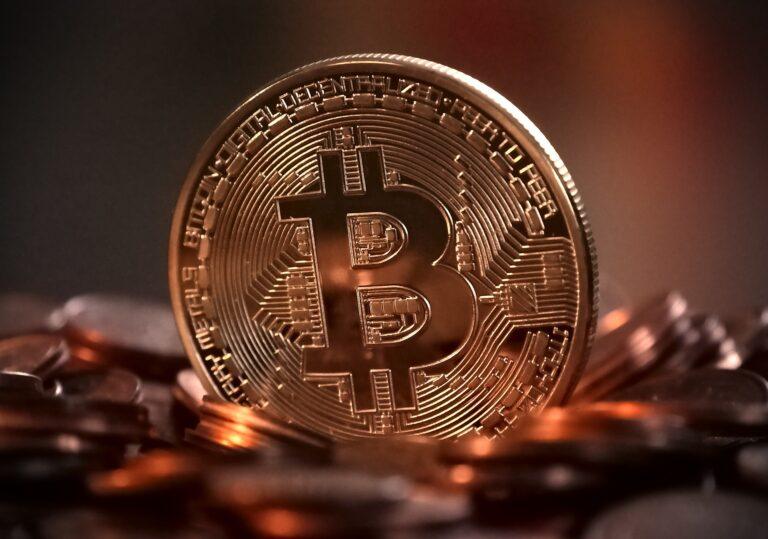Earlier this month the Federal Open Market Committee (FOMC) in the U.S. revealed it was leaving interest rates unchanged, and implied it could keep them there into 2022 in an attempt to help the economy recover from the coronavirus-induced recession.
Keeping interest rates low is just one of numerous monetary policy procedures the Federal Reserve has been using to inject financial liquidity into small and medium-sized businesses, corporate bonds, government securities, and more. As part of these procedures, the total assets on the central bank’s balance sheet are now over $7 trillion for the first time ever.
Speculators now suggest the Federal Reserve will use yield-curve control (YCC) or interest rate caps to stop Treasury and security yields from going up, to keep borrowing costs low. YCC would involve the Fed setting a target rate for bonds with specific maturities, and buying or selling as much as necessary to keep the rates fixed.
Australia has adopted this policy earlier this year, to keep the yield on 3-year Australian Government bonds around 0.25%. Per Federal Serve Bank of New York President John Williams, policymakers in the U.S. are “thinking very hard” about adopting the strategy, and 54% of economists surveyed by Bloomberg believe it will be on the table in September
This could mean interest rates aren’t going to go up anytime soon in the U.S., at a time in which e average savings account now yields 0.09% a year in the U.S., meaning savers can’t even put their money in the bank. Elsewhere in the world, the situation doesn’t appear to be better.
According to The Telegraph, the coronavirus has “had a catastrophic effect on the savings market” in the United Kingdom as interest rates already halved since the start of the year, dropping below levels seen during the 2007 and 2008 financial crisis.
CNBC data shows that in the U.K., government bonds with a 2-year maturity are now in negative territory, while in Germany the negative territory includes bonds with a 20-year maturity., Lending money to the German government over a 30-year period yields 0.061% a year. In comparison, treasuries in the U.S. yield 1.5% for 30-year bonds, with 3-month T-bills yielding 0.17%.
Why Savers Could Move to the Crypto Space
One of the biggest use cases in the decentralized finance space (DeFi) is to lend, and to borrow. In this article we’re focusing on lending: rates can, on protocols with a proven track record such as Compound, go up to 8.9% for stablecoins like Tether’s USDt, which are pegged 1:1 to the value of the U.S. dollar.
This means that savers could easily allocate some of their stored cash to the cryptocurrency space. All they’d have to do is sign up for a cryptocurrency exchange, and use their USD to buy a cryptocurrency pegged to its value, thus gaining access to interest rates far superior to those available in traditional finance.
While some could argue that stablecoins are still recent and could lose their peg to the USD and that DeFi protocols are somewhat recent and could suffer breaches, it’s also important to point out that using decentralized protocols the funds are secured under users’ control and cannot be frozen.
The dollar may, however, lose some of its value to inflation: the Fed’s balance sheet has never been above $7 trillion, and the central bank appears to be willing to do whatever it takes to save the economy, including keeping the printers going.
Economists at the Brookings think tank recently wrote:
“Interest rate pegs theoretically should affect financial conditions and the economy in many of the same ways as traditional monetary policy: lower interest rates on Treasury securities would feed through to lower interest rates on mortgages, car loans, and corporate debt, as well as higher stock prices and a cheaper dollar.”
For those that refuse to buy the overvalued stock market to try and preserve value, other cryptoassets may be an alternative. While it’s possible to earn interest on ETH tokens on DeFi protocols, cryptocurrency exchanges let users stake tokens from Proof-of-Stake (PoS) blockchains, and lend cryptos from Proof-of-Work (PoW) blockchains to earn interest.
On bitcoin exchange OKEx, for example, it’s possible to earn 0.79% a year on one’s BTC holdings at press time. At OKEx it appears to be possible to earn interest on over 40 cryptoassets, some of which have been performing relatively well and could be appealing to savers trying to preserve value.
One example could be Crypto.com’s CRO token, which is up over 200% over the last six months, according to CryptoCompare:
 Source: CryptoCompare
Source: CryptoCompare
Looking at staking options on OKEx, it’s possible to earn a 12% APU over a 90-day period with the token, and maintain a 3.68% rate afterward. Other exchanges, including Binance, Poloniex, and Bitfinex allow users to lend cryptos and earn interest on their holdings, making it easy for newcomers to earn interest on any token they wish to hold.
Using OKEx as an example, it would be possible for savers to create a diversified portfolio – or one with a 99% allocation to a stablecoin like USDt – and earn a generous rate of at least 3% a year on it, to at least beat inflation.
Featured image via Pixabay.










